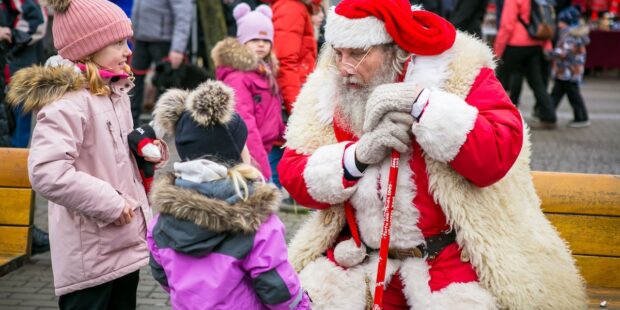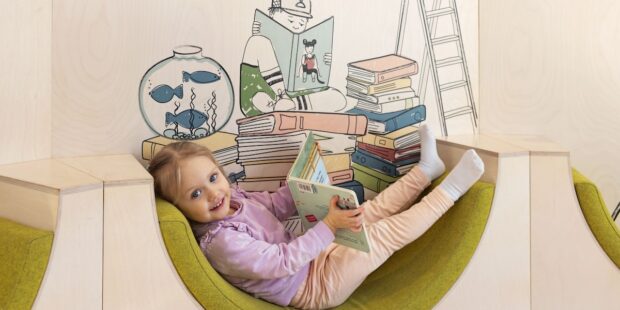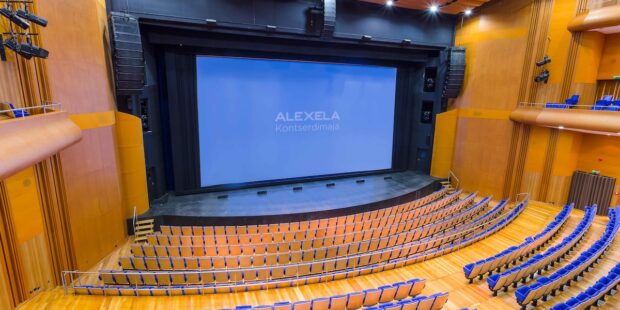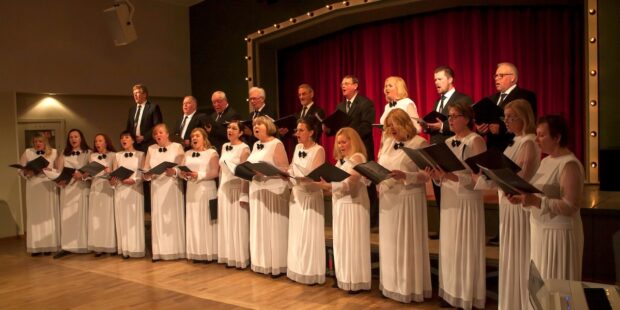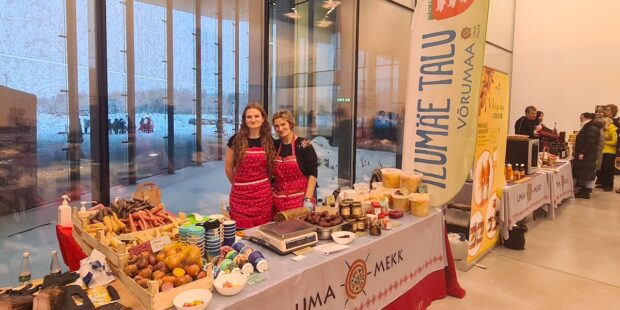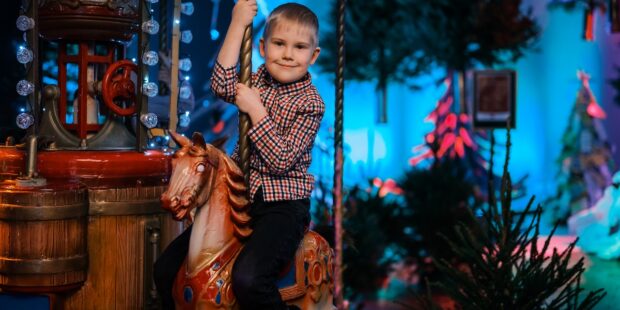Tallinn Sightseeing: Then & Now
Tallinn’s historical Old Town is the best starting point for some serious sightseeing. There, you will be surrounded by the city’s pulsing centre and many other attractive sites like creative culture centres in abandoned Soviet factories with trendy art galleries, cafés and shops. But has Tallinn always offered such a range of sightseeing options? What did tourists do when the factories were still running on full and the Old Town not yet a UNESCO World Heritage Site?
According to the many Soviet tourist guidebooks, Tallinners were crazy about the city’s green gown. A tourist was supposed to see the flowers, buy flowers, smell flowers – you name it! The “flower-power” was unavoidable. The same thing could be said about the statues and war memorial sites. They had quite an important task to perform – teaching tourists about the Soviet Union’s heroes, pride and honour. Another show-off was the so called “new town”, meaning Tallinn’s suburbs. They were all proudly presented in the guidebooks showing their modern look, amenities and facilities. And, if a tourist needed a drink, they just had to visit any of Tallinn’s famous cafés. According to the guidebooks, a visit to a café is a must and a national custom! Last but not least, no tourist could say no to the Song & Dance Festivals in Estonia. Today, these celebrations and traditions are among the best trademarks of Estonia, and have played an important role in Estonian history. In the guidebooks, the festivals are explained as a national holiday for the USSR, but nowadays it is back to being a celebration for the Republic of Estonia. This year, the Song and Dance Festivals will take places in Tallinn from July 4-6.
Tomas Alexandersson, otherwise known as The Tallinn Collector runs a website that collects images from Soviet-era guidebooks to Tallinn.
TEXT TOMAS ALEXANDERSSON, PHOTO INTOURIST POSTCARDS, TALLINN, 1980
To learn more about this and similar topics


